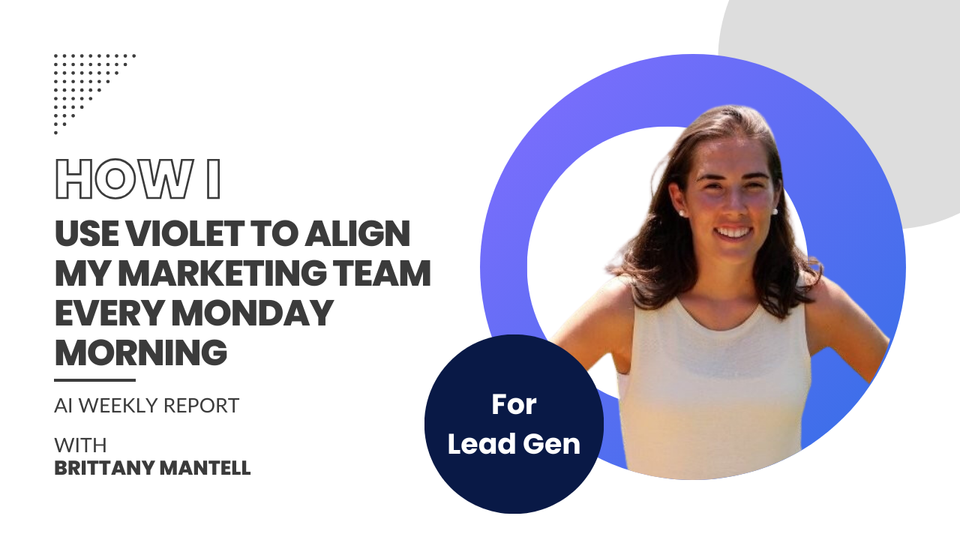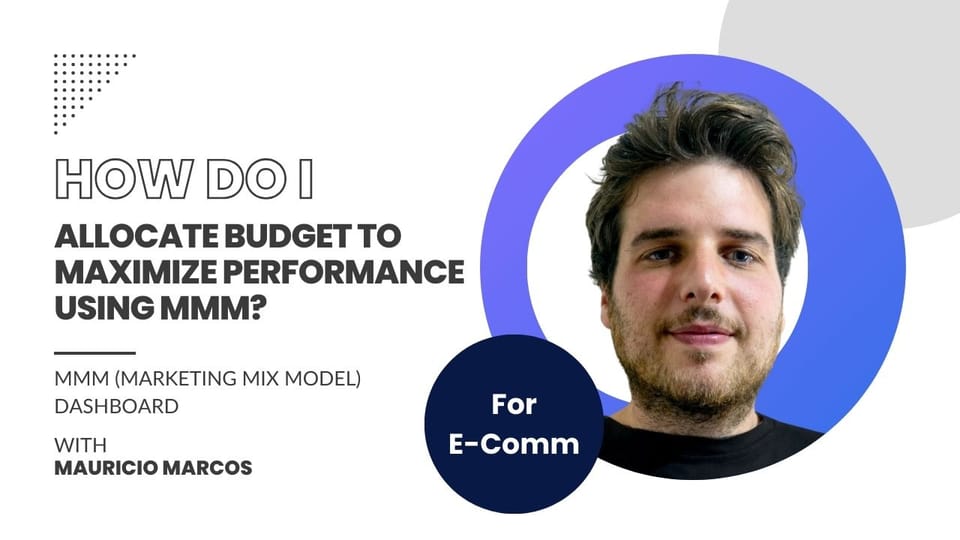Product Manager & CRO at Exactius
Analyzing and optimizing landing page performance
Featuring the Landing Page Performance Report

Landing page optimization is a key responsibility for conversion rate optimization (CRO) managers. Effective analysis of landing page performance can improve conversion rates and campaign efficiency. Here's how to use Violet to turn more visitors into customers and maximize your marketing ROI.
Get instant visibility into performance
The Landing Page Performance report in Violet's Funnel Management section shows you the metrics that matter most:
- Total investment per landing page
- User progression through funnel stages (e.g. sessions, leads, qualified leads, opportunities, and deals)
- Cost per conversion at each step, providing insights into the efficiency of your spend
- Step-by-step conversion rates, helping to identify which stages need improvement
Pro tip: Start with a 90-day view to identify trends before drilling into shorter timeframes for tactical adjustments.
Focus your analysis
Use Violet's filtering capabilities to zero in on what matters.
Channel performance
Compare how pages perform across different traffic sources to identify your most effective channels. For instance, if you're interested in Google search performance, filter the data accordingly to only show landing page results driven by Google search traffic.
Device insights
Spot if certain pages work better on mobile vs. desktop to optimize the user experience across devices.
Analyze performance metrics
Once you have the data filtered, begin analyzing the performance of your landing pages using key metrics.
Cost per conversion
Review the cost per lead, cost per qualified lead, and other similar metrics. High costs relative to the volume of conversions could indicate inefficiencies in your campaign or landing page.
Conversion rate
Step-to-step conversion rates are particularly important as they highlight where users might be dropping off. For instance, if the conversion rate from leads to qualified leads is low, it could signal that the landing page isn't effectively persuading users to take the desired next step.
Performance across landing pages
Identify which landing pages perform best in terms of cost per conversion and conversion rates. If certain pages consistently deliver higher conversion rates, consider directing more budget toward those pages.
Pro tip: Look for outliers in your data, such as a landing page that has an unusually high cost per lead but a strong conversion rate. This could indicate a niche audience that’s more expensive to reach but highly engaged. In such cases, it's worth investing more in this audience while optimizing the landing page to lower costs.
Identify optimization opportunities
Use the insights from your analysis to identify areas for optimization.
Pages with high cost per lead or low conversion rates
Investigate the content, design, and user experience on pages with a higher-than-average cost per conversion or lower-than-average conversion rates to see what might be causing inefficiencies.
Historical trends
Compare the current performance of landing pages with past data to identify trends. If a landing page’s performance has declined over time, look into potential changes that might have contributed to the drop (e.g., new content, different ad targeting, or design updates).
Pro Tip: Conduct a 'winner analysis' by consistently monitoring which landing pages perform best. Rotate different elements (e.g. call-to-action, headlines, or images) on those pages and see if further improvements can be achieved, using a consistent A/B testing framework.
Utilize visual tools for deeper insights
Violet offers several visual tools to help make sense of landing page performance data.
Funnel by landing page
This visualization shows the user journey across different landing pages, illustrating how users progress through each stage of the funnel. It helps identify where drop-offs are occurring and which pages are driving the most conversions.
Line charts for trend analysis
Track landing page metrics (e.g., cost per conversion) over time to identify patterns. By highlighting specific landing pages in the chart, you can filter out noise and focus on the pages that matter most.
Comparing time frames
Use Violet's date picker to analyze landing page performance over different time frames, such as daily, weekly, or monthly. This can help detect short-term fluctuations versus longer-term trends.
Pro Tip: Use the line chart's bolding feature to highlight the most important landing pages and reduce the visual noise. This is especially useful when presenting the data to stakeholders who need a clear and concise summary of performance.
Make data-driven optimization decisions
Based on your analysis, make informed decisions on how to optimize your landing pages.
Allocate more budget to high-performing pages:
If certain pages consistently show lower cost per conversion and higher conversion rates, consider directing more traffic and investment toward them.
Refine underperforming pages
For pages that aren't performing well, make targeted optimizations. This might include changing the copy, updating the design, or improving the call-to-action.
A/B testing
Use A/B tests to try different landing page versions and compare the results. This can help determine which changes are most effective in improving conversion rates.
Pro Tip: Prioritize A/B tests based on the potential impact and ease of implementation. Testing the copy or call-to-action is usually quicker and can still yield significant improvements before moving on to more complex changes like page layout.
Monitor and adjust
Landing page performance optimization is an ongoing process. Continuously monitor the performance metrics and make adjustments as needed. Regularly revisit your landing page analysis to ensure that your optimizations are driving the desired results. Adjust the budget, messaging, or user experience based on the latest insights.
Pro Tip: Set up automated alerts in Violet for significant changes in key metrics (e.g. cost per lead spikes or sudden drops in conversion rate). This enables you to react swiftly and investigate the cause before it negatively affects the overall campaign.
Conclusion
The landing page performance report in Violet is a powerful resource for optimizing conversion rates and improving the efficiency of your campaigns.
By filtering the data for relevance, analyzing key metrics, and identifying opportunities for improvement, you can make data-driven decisions to enhance the performance of your landing pages.
Regular monitoring and strategic adjustments will help ensure that your landing pages continue to drive growth and meet your marketing goals.
With these pointers in mind, you can leverage Violet to optimize your landing pages effectively, maximizing the returns on your marketing efforts.
Pro Tip: Don't just optimize individual landing pages; consider how they fit into the overall funnel. Ensure the messaging aligns across each stage of the user journey, from ads to landing pages to follow-up emails. Consistency can significantly boost conversion rates.







